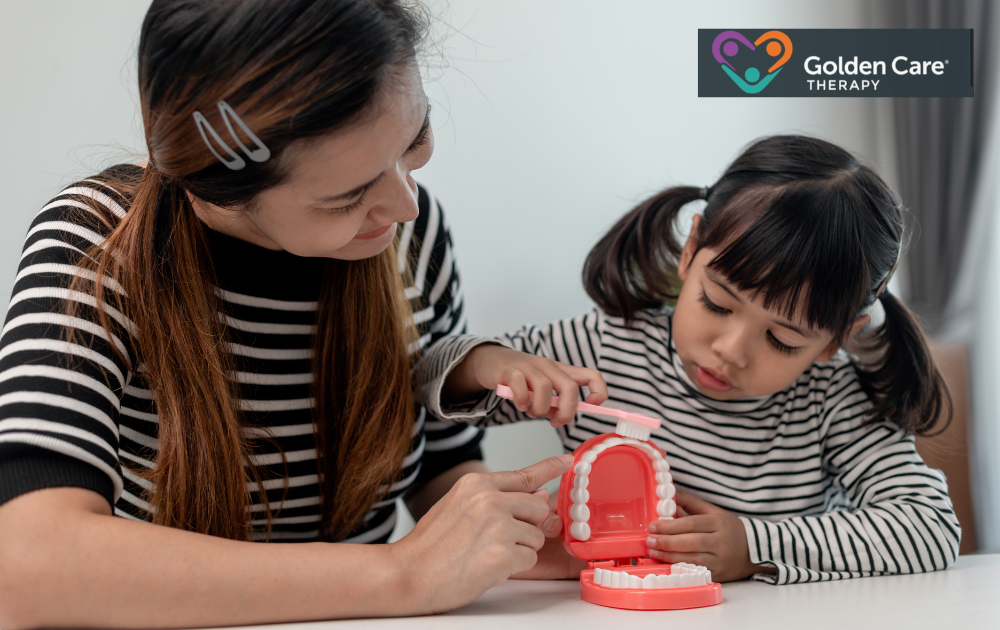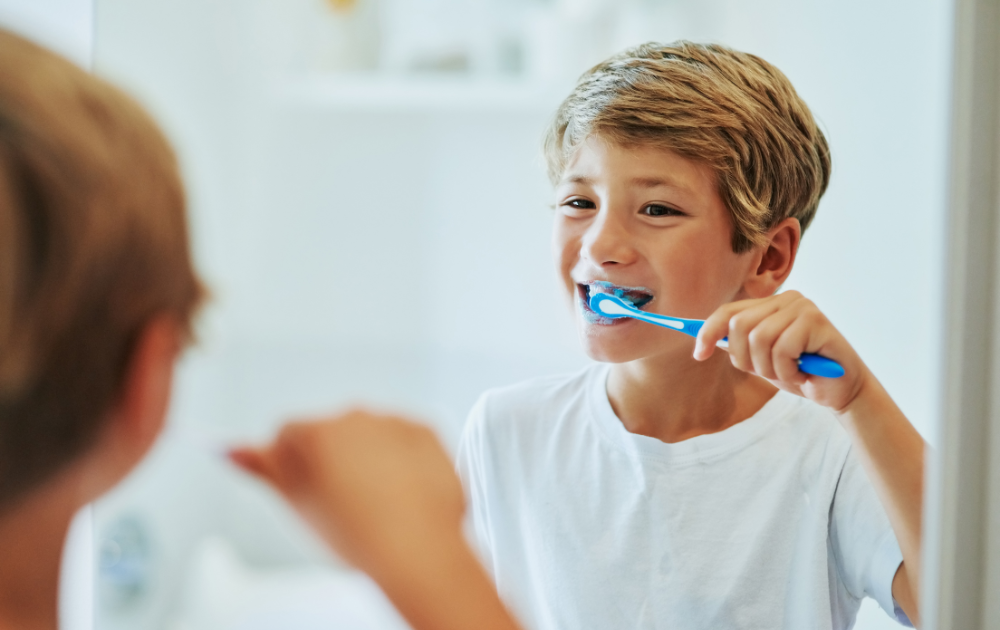Maintaining good hygiene is important for everyone, including individuals with autism. Proper hygiene helps prevent illness, boosts self-esteem, and ensures social comfort.
However, for those with autism, managing daily hygiene tasks can sometimes be challenging due to sensory sensitivities, motor skill difficulties, or routine disruptions. An autism hygiene checklist can be a valuable tool to help establish and maintain good hygiene practices.
This guide will provide simple, step-by-step tips and strategies to help individuals with autism keep clean and healthy.
Teaching Strategies for Autistic Children
Teaching personal hygiene skills to autistic children requires effective strategies that cater to their unique needs and learning styles. Several successful approaches can be implemented to enhance their learning experience. These strategies include:

Visual Aids for Understanding
Autistic children often benefit from visual supports that provide clear and concrete information. Visual aids, such as social stories and visual schedules, can help children understand the steps involved in personal hygiene tasks, reduce anxiety and stress, and alleviate any of their grooming and bathing issues.
Social stories are visual narratives that describe a specific situation or task in a simplified and structured manner. They outline the steps involved in personal hygiene routines and can include visuals to enhance understanding.
Social stories can help autistic children grasp the sequence of actions, anticipate what comes next, and feel more confident in their abilities.
Visual schedules, on the other hand, provide a visual representation of the daily tasks and routines. Moreover, they can be customized to include specific personal hygiene tasks, such as brushing teeth or washing hands, and can be displayed in a prominent place to serve as a reminder.
Breaking Down Tasks
For many autistic children, the idea of completing an entire personal hygiene routine can be overwhelming. Breaking down tasks into smaller, more manageable steps can help children focus on one task at a time, feel a sense of accomplishment, and generalize the skills learned to different contexts.
For instance, brushing teeth can be broken down into smaller tasks.
Visual aids can also be used in conjunction with breaking down tasks. Each step can be represented by a visual cue or a written prompt to provide additional support and clarity.
As the child becomes more confident and proficient in completing each step, they can progress to the next one, gradually working towards mastering the entire personal hygiene routine.
Implementing an Autism Hygiene Checklist
To help autistic individuals maintain good personal hygiene, implementing an autism hygiene checklist can be a helpful strategy. This checklist serves as a visual guide to remind and guide individuals through their daily hygiene routine.
It provides structure, promotes independence, and allows for tracking progress. Let’s explore how to set up and track an autism hygiene checklist effectively.
Setting Up the Checklist
Setting up the autism hygiene checklist involves creating a visual aid that outlines the hygiene tasks to be completed. This can be done by using a laminated checklist posted in the bathroom or another easily accessible location.
The checklist should be organized by days of the week and include tasks such as showering, brushing teeth, washing hands, combing hair, and using deodorant.
To make the checklist more engaging and personalized, consider using visuals or symbolsalongside the written tasks. These visuals can help individuals with autism better understand and remember the steps involved in each task.
For example, you can use pictures or icons representing a toothbrush for brushing teeth or a showerhead for showering. The use of colors and clear, concise language can further enhance comprehension.
Leaving physical reminders in appropriate rooms, such as symbols or written lists of steps for activities like brushing teeth or getting dressed, can also assist individuals with autism in remembering and following through with self-care tasks.
Tracking Progress
Tracking progress is an essential part of the autism hygiene checklist. It allows individuals and their caregivers to celebrate achievements and identify areas that may need additional support.
There are several ways to track progress effectively which are as follows:

Regularly review the checklist and progress with the individual, providing positive reinforcement and praise for their efforts. Celebrating achievements, no matter how small, can boost self-esteem and further encourage the development of good hygiene habits.
Addressing Sensory Sensitivities
Sensory sensitivities are common among individuals with autism and can significantly impact their hygiene practices. Water temperature, the texture of soap, or the sound of a hairdryer can all be sources of discomfort.
To address these sensitivities, it is important to make adjustments that cater to individual preferences.
For bathing, finding the right water temperature and using gentle, unscented products can help alleviate sensory discomfort. Some individuals might prefer baths over showers or vice versa, and exploring different options can lead to a more comfortable experience. Soft washcloths or sponges can be used to minimize the tactile sensation of scrubbing.
As far as dental care goes, choosing a toothbrush with a soft bristle and a toothpaste with a mild flavor can make brushing more tolerable. For those sensitive to the sensation of brushing, using a desensitization approach by gradually introducing the toothbrush to the mouth can be effective.
Supporting Autistic Adults with Hygiene
As for autistic adults, it’s important to use strategies that are tailored to their individual needs and preferences. Clear instructions and visual aids, along with other targeted approaches, can be particularly effective in helping them navigate and manage their hygiene routines.
Providing clear, step-by-step instructions is essential when teaching hygiene skills to autistic adults. Breaking down tasks into smaller, manageable steps can help them understand and follow the routines more easily.
Visual aids, such as pictures, diagrams, or written instructions, can further enhance their comprehension and assist with memory recall.
Visual schedules or charts can be helpful in creating a visual representation of the hygiene routine. This visual support can serve as a reminder of the steps to follow and provide a sense of structure and predictability. It is crucial to ensure that the instructions and visual aids are clear, concise, and easy to understand.

The Bottom Line
Keeping up with good hygiene doesn’t have to be overwhelming. With a clear and simple checklist tailored to your needs, maintaining personal care becomes more manageable.
Breaking tasks into small, achievable steps and using helpful reminders can help create a daily routine that feels both comfortable and effective. Good hygiene goes beyond just staying clean; it’s about fostering a sense of well-being and boosting the overall health of your autistic loved one.
Embrace these habits, and you’ll find that maintaining hygiene becomes a natural part of your child’s daily life. For additional support and tailored strategies, consider exploring ABA programs in NJ, Indiana, Georgia, and New York. Golden Care Therapy offers comprehensive services in these areas to help you and your child thrive.
To learn more about how we can assist you, please contact usor book a consultation today.



